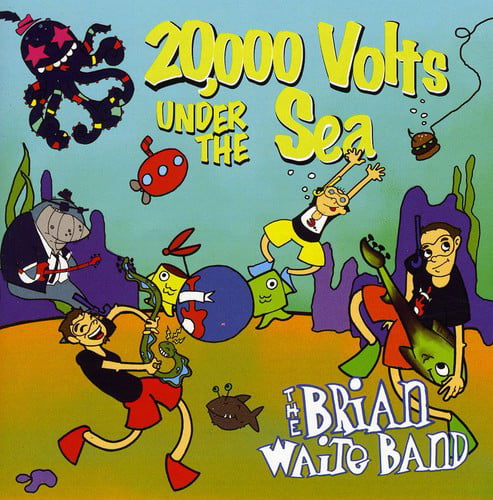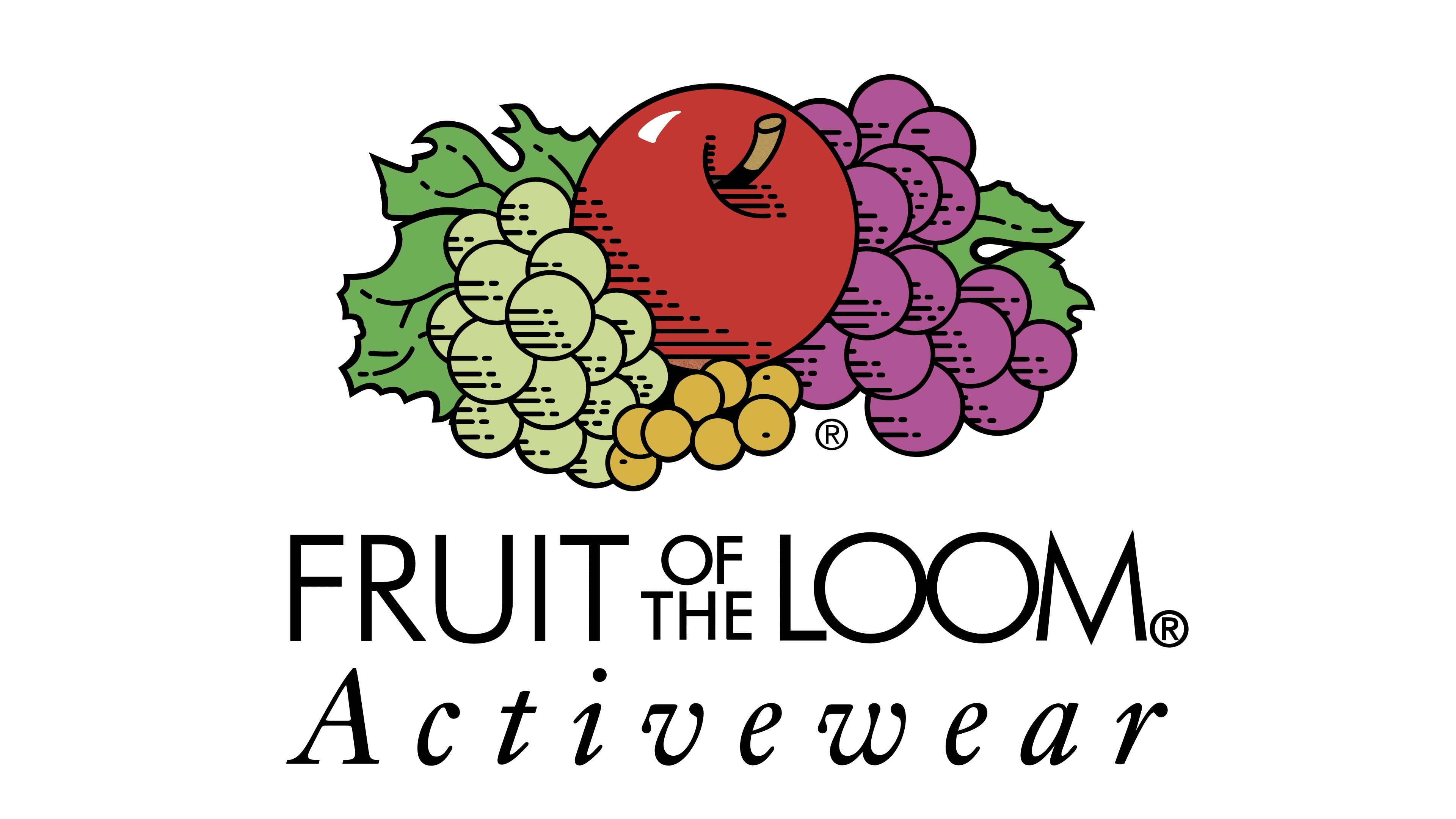

Teacher will demonstrate using Creative Craft Paint and gadget print techniques to create weaving strip paper. Teacher will demonstrate the construction of a paper loom. Show model and explain how students will create a similar art work. Ask students to list icons of other holidays celebrated in this country. Distinguish warp and weft on a loom.ĭiscuss the use of the cornucopia as a symbol of food and abundance dating back to the 5th century BC, also referred to as horn ‘o’ plenty, Horn of Amalthea, and harvest cone. View early exemplars of weaving and discuss how yarn was formed from shearing, to carding and spinning. Have students note patterns in their clothing. Have students refer to the garments they are wearing and discuss possible ways the garments were constructed. Ask students to interpret objects viewed and discuss which have the most interesting patterns. Compare and contrast fiber art objects as to purpose, patterns, colors, texture, and possible cultural origins. This lesson may be modified from one to three hours, depending upon the size and complexity of expectations. Loom, fiber, warp, weft, pattern, fiber artist, functional, decorative Materials: Students will become aware of variations of media, techniques, and processes used to investigate fiber arts as a functional and/or decorative art form. Visual Arts Grades 5-8 Content Standard 5: Reflecting upon and assessing the characteristics and merits of their work and the work of others (Language Arts Cross Curriculum Connection) Purpose: Visual Arts Grades 5-8 Content Standard 3: Choosing and evaluating a range of subject matter, symbols, and ideas Visual Arts Grades 5-8 Content Standard 1: Understanding and applying media, techniques, and processes Students will study weaving as an art form by creating a woven component for a cornucopia and place it on a repeat printed background. Students will become aware of the symbolic use of icons to note specific holidays. Students will be able to identify and create pattern in a weaving. Students will explore ways that cultures use fiber arts for expressive purposes. Objective: Students will become familiar with a variety of looms used in weaving. Students will research the symbolism of the cornucopia and its use as a Thanksgiving icon. Students will research fiber arts throughout history and in a wide variety of cultures.

Goal (Terminal Objective): Students will define weaving as an art form that can be both functional and decorative. This type of loom is still used in Peru, Guatemala, and Mexico. The Egyptians used another type of upright loom similar to that of the later Persians. The Greeks, early Scandinavians, and Native Americans preferred the upright loom on which one weaves from top to bottom. Even though many early woven objects were functional, the weaver often used unique colors and patterns in order to individualize the object. Weaving as an art form evolved from utilitarian need providing functional objects for various cultures to a valued art form. Acrylic Mediums, Varnish, Glaze and Gesso.Sculpt-It! TM Air – Hardening Sculpting Material.Colored Pencils, Graphite Pencils, Erasers, & Sharpeners.



 0 kommentar(er)
0 kommentar(er)
